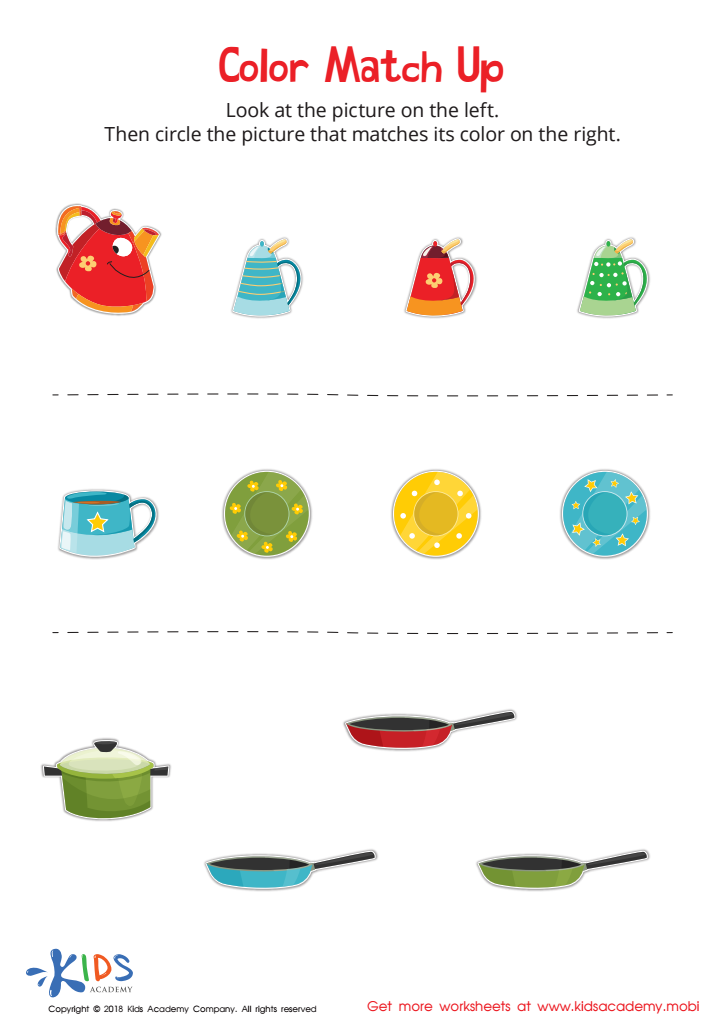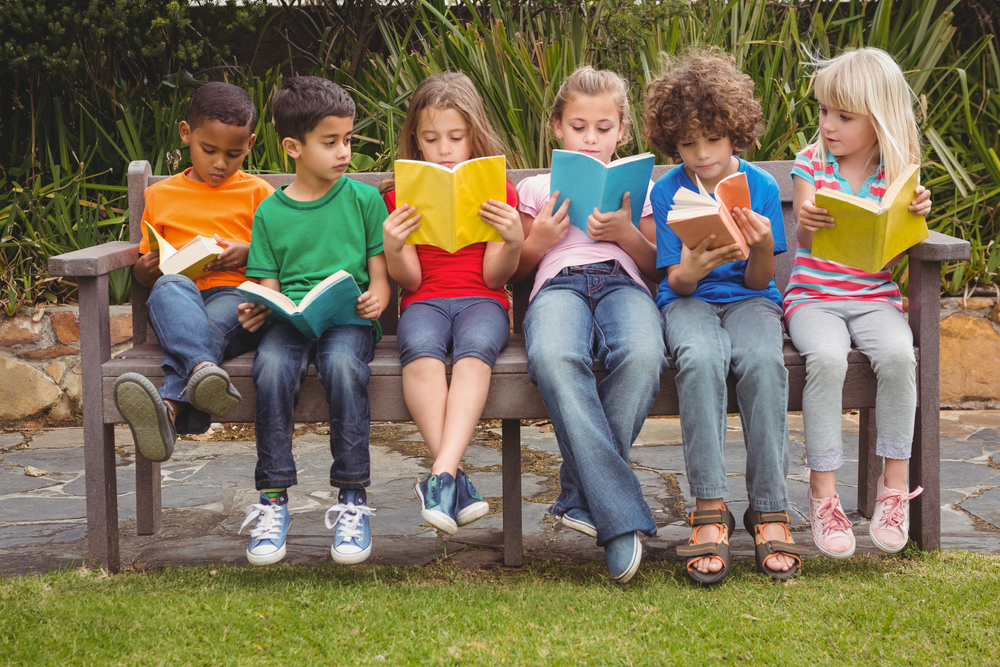Color recognition Math Worksheets for 4-Year-Olds
19 filtered results
-
From - To
Discover engaging and educational color recognition math worksheets perfect for 4-year-olds at Kids Academy. Designed to combine fun and learning, these worksheets help preschoolers identify and differentiate colors while developing essential math skills. With vibrant illustrations and interactive activities, your child will enjoy exploring basic math concepts, such as counting, sorting, and pattern recognition. Each worksheet is crafted to capture young learners' attention and foster a love for math from an early age. Start building a bright mathematical future with our color recognition worksheets and watch your little one thrive!
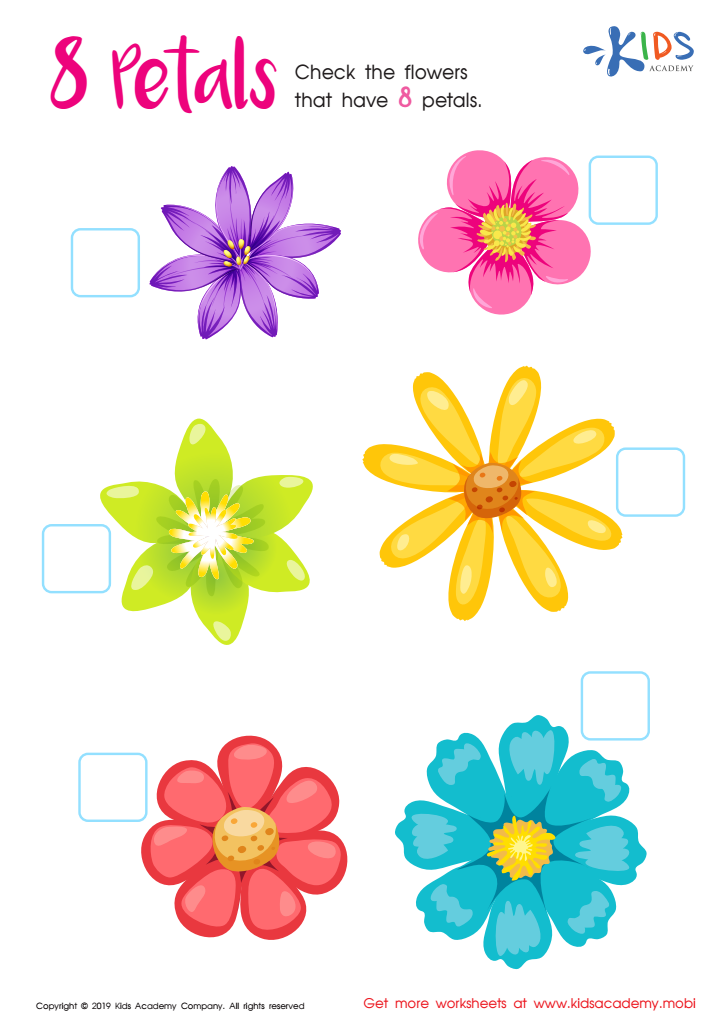

8 Petals Worksheet
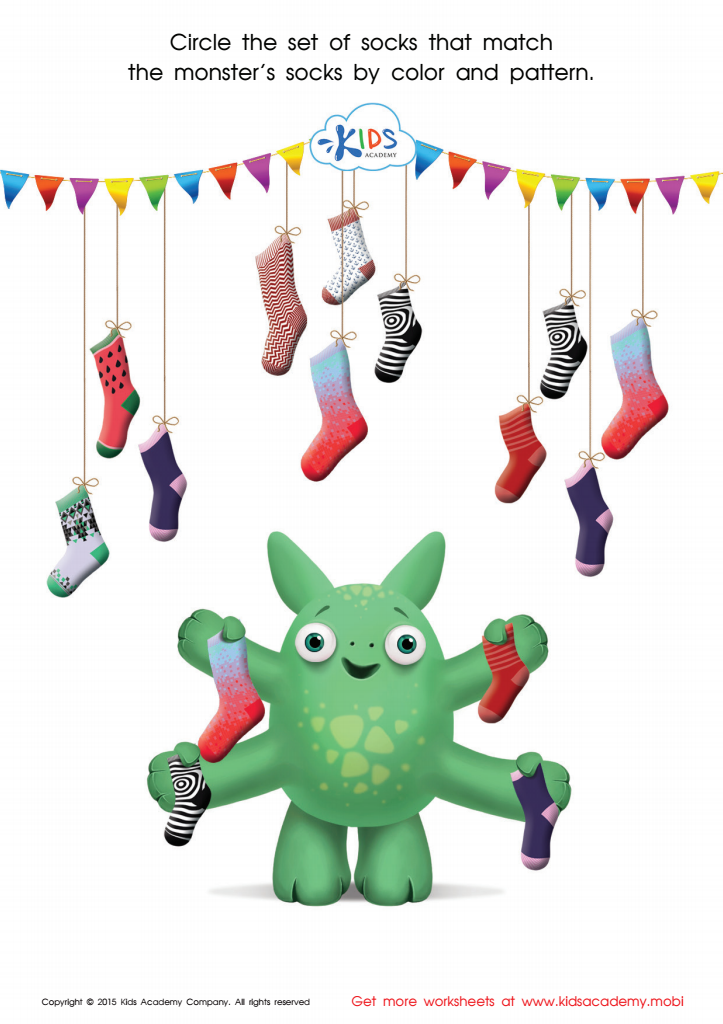

Sort the Monster's Socks Worksheet
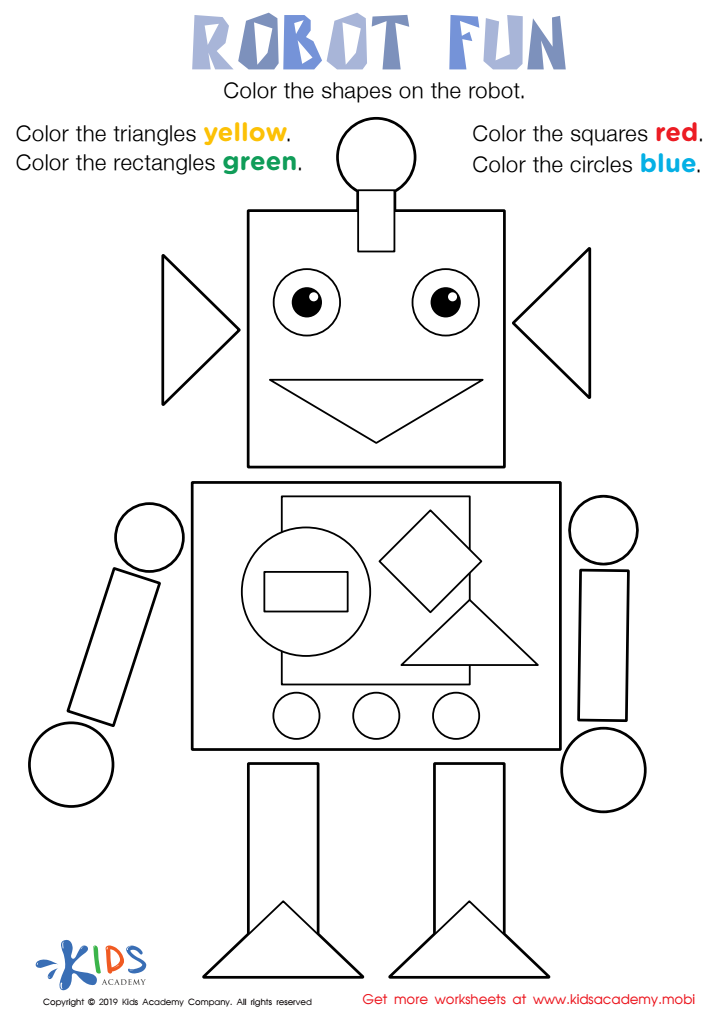

Robot Fun Worksheet
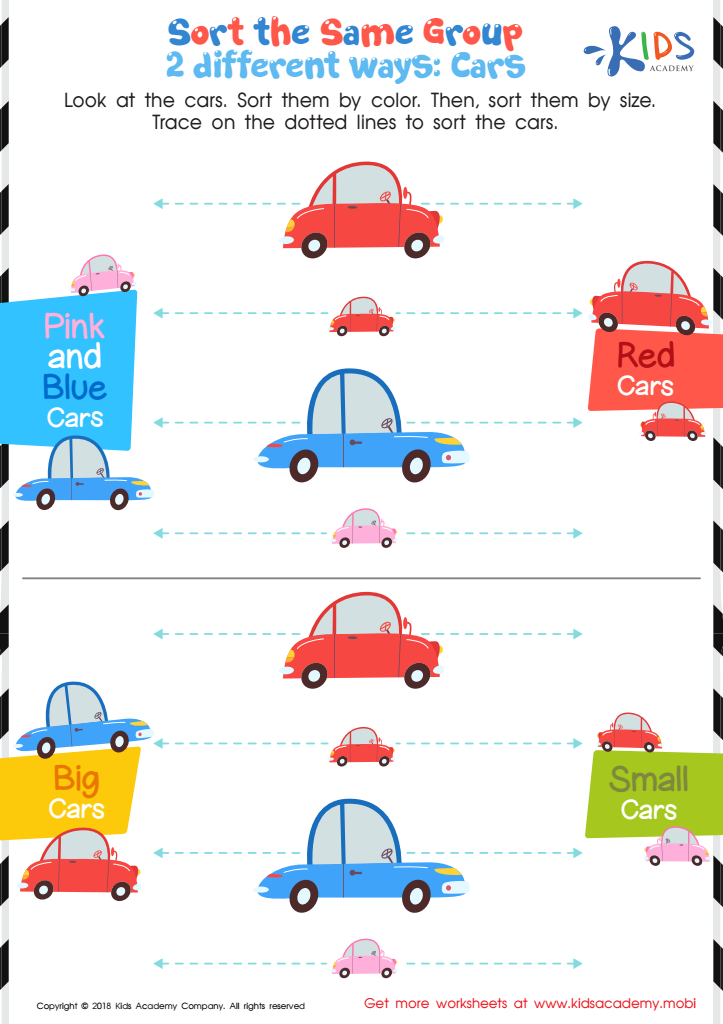

Sort the Same Group 2 Different Ways: Cars Worksheet
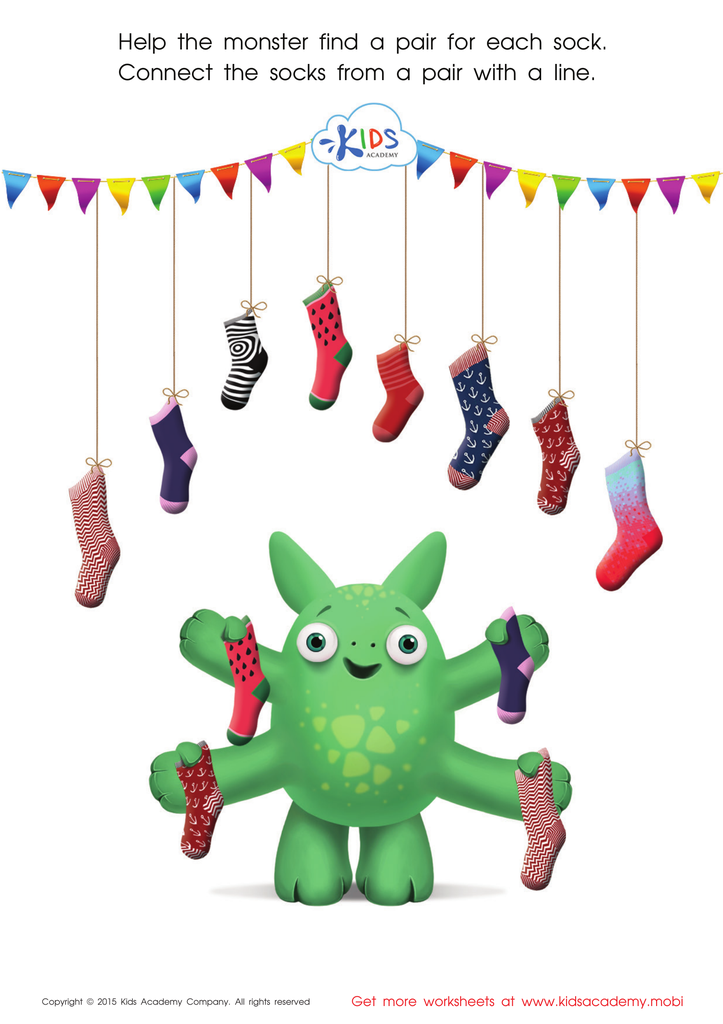

Math Matching Game: Monsterв's Socks Worksheet
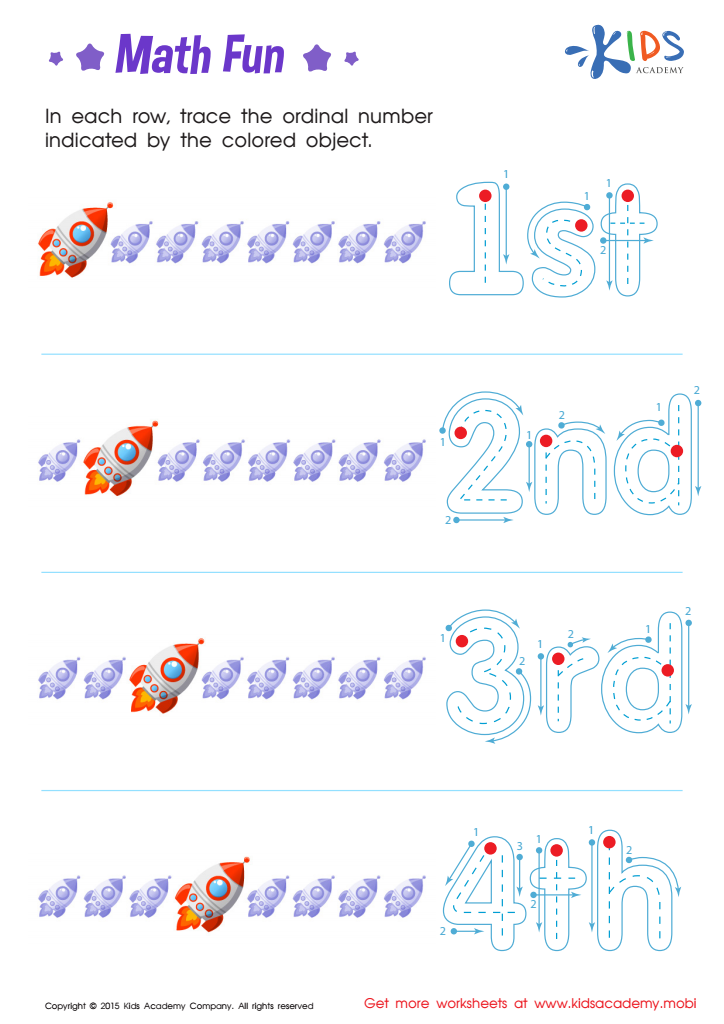

Ordinal Numbers: Math Fun Worksheet
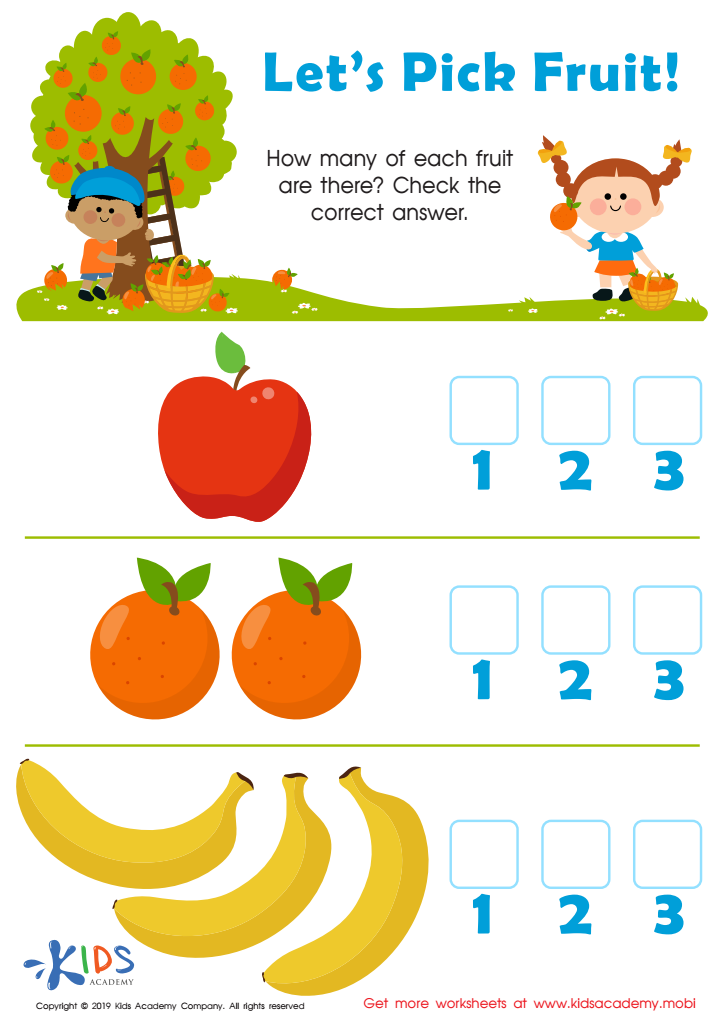

Let's Pick Fruit Worksheet
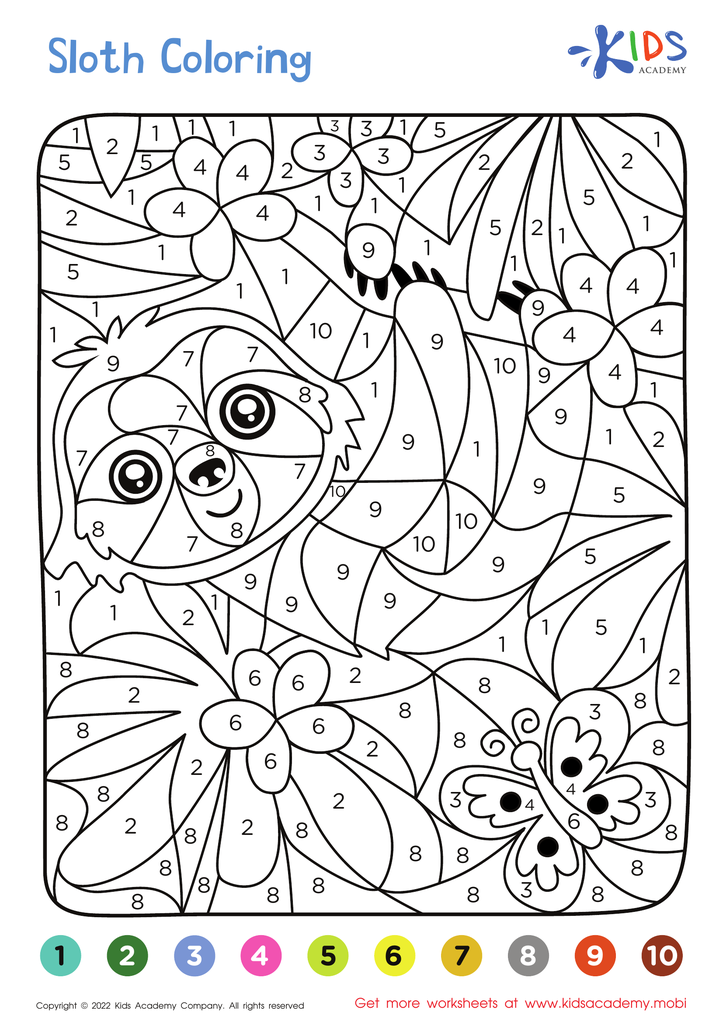

Sloth – Coloring by Numbers


Shapes Worksheet


Gingerbread Man Geometry Maze Worksheet
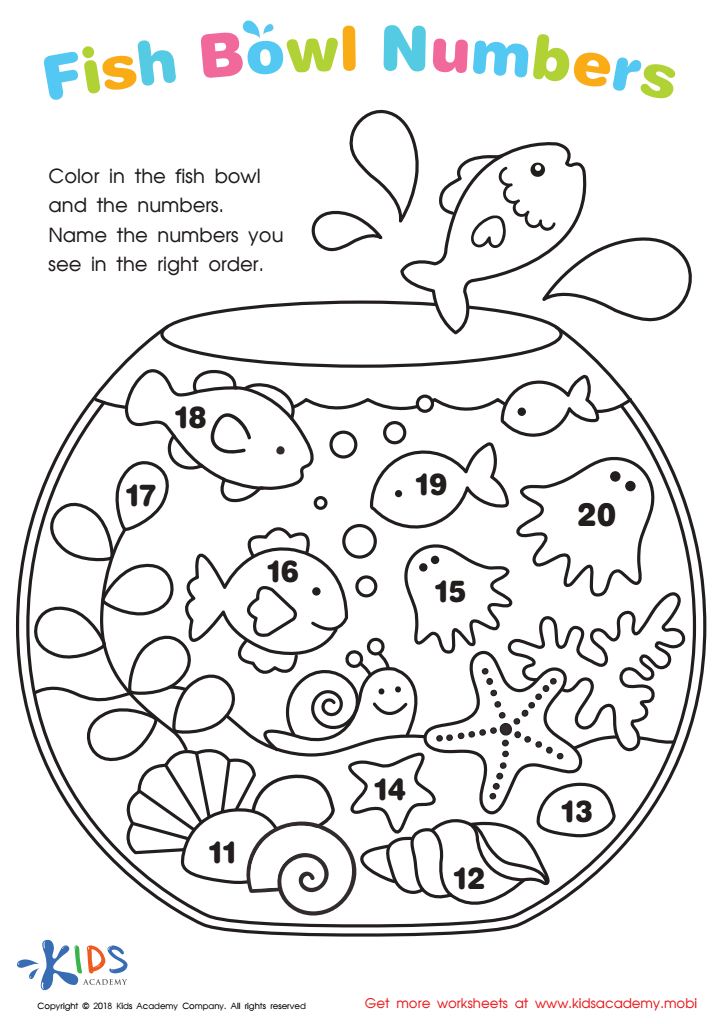

Fish Bowl Numbers Worksheet
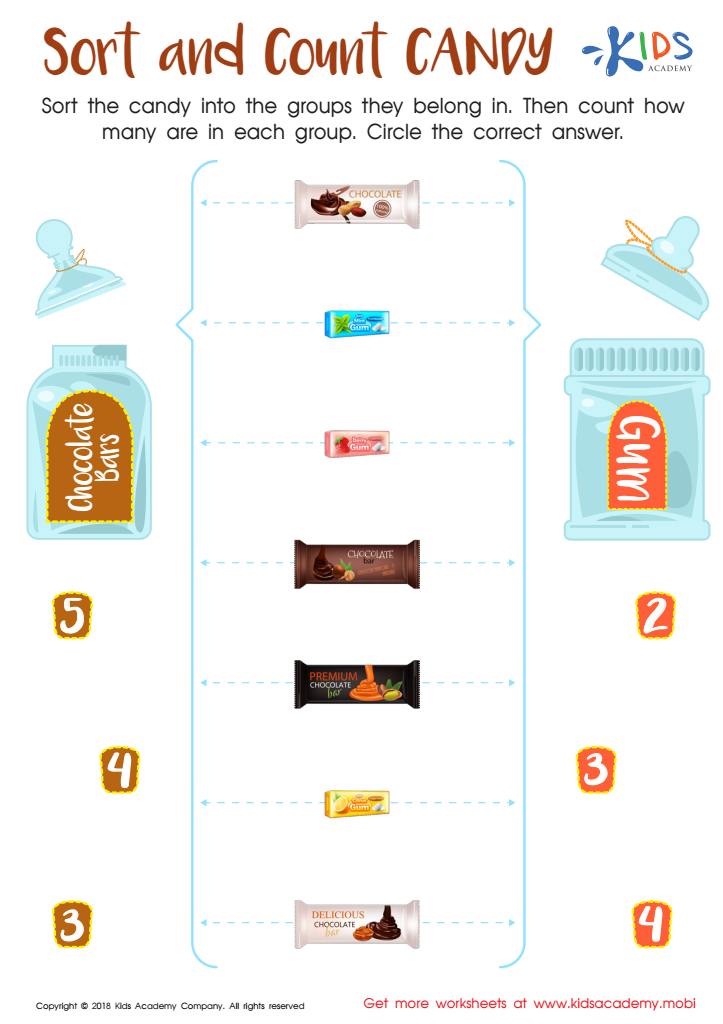

Sort and Count Candy Worksheet
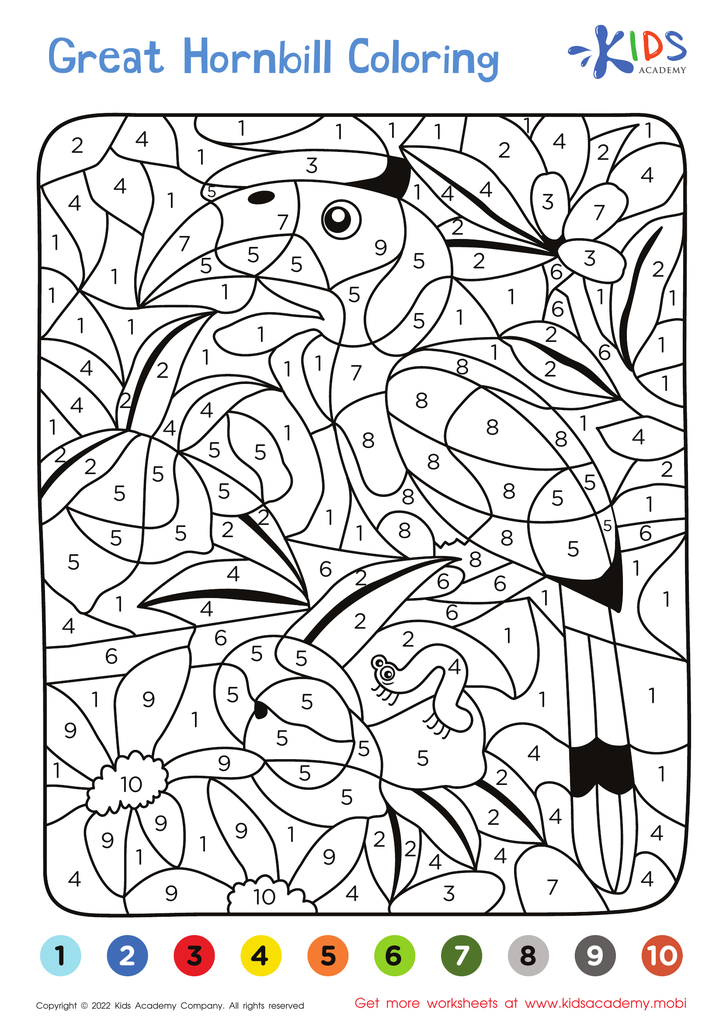

Great Hornbill – Coloring by Numbers


In the Treetops – Coloring Page


Twinkle, Twinkle, Little Star – Coloring by Numbers
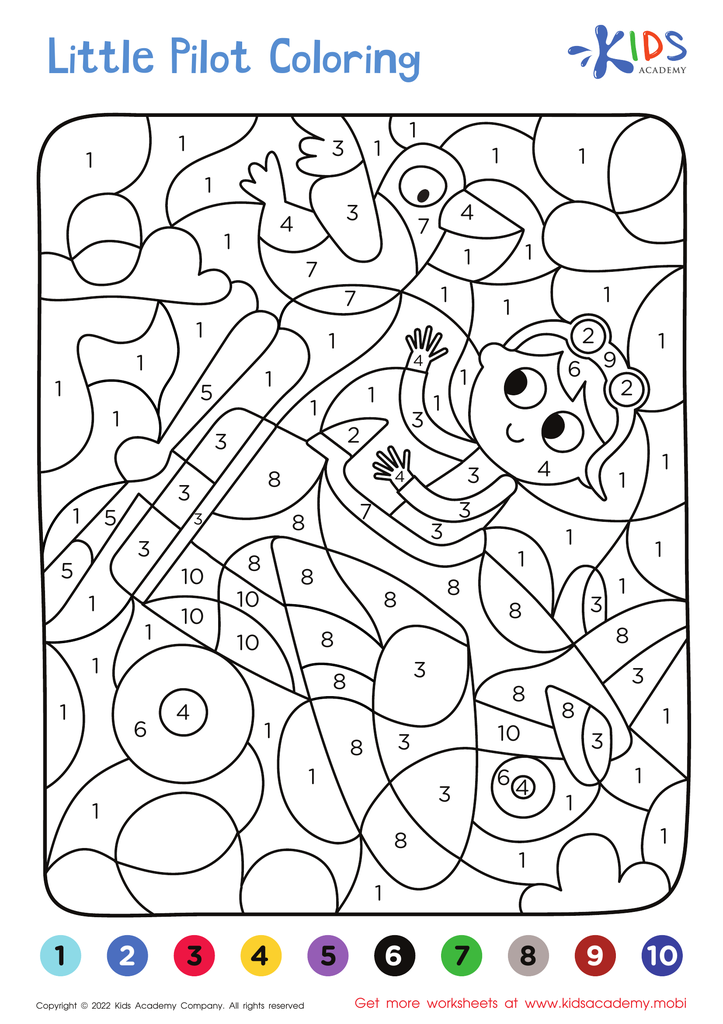

Little Pilot – Coloring by Numbers
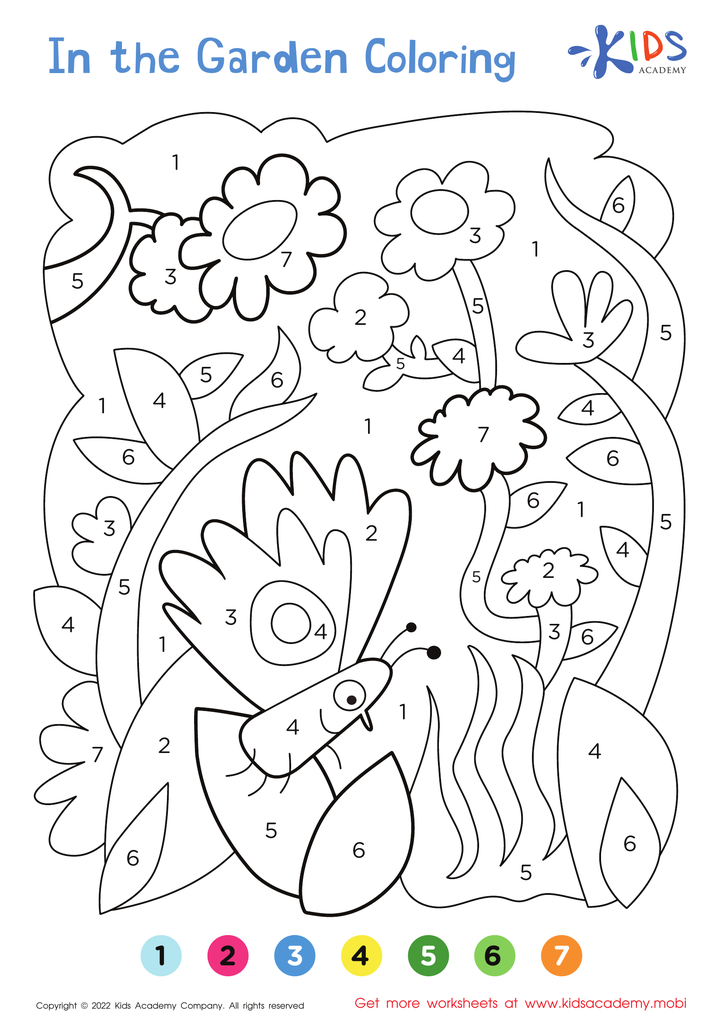

In the Garden – Coloring by Numbers
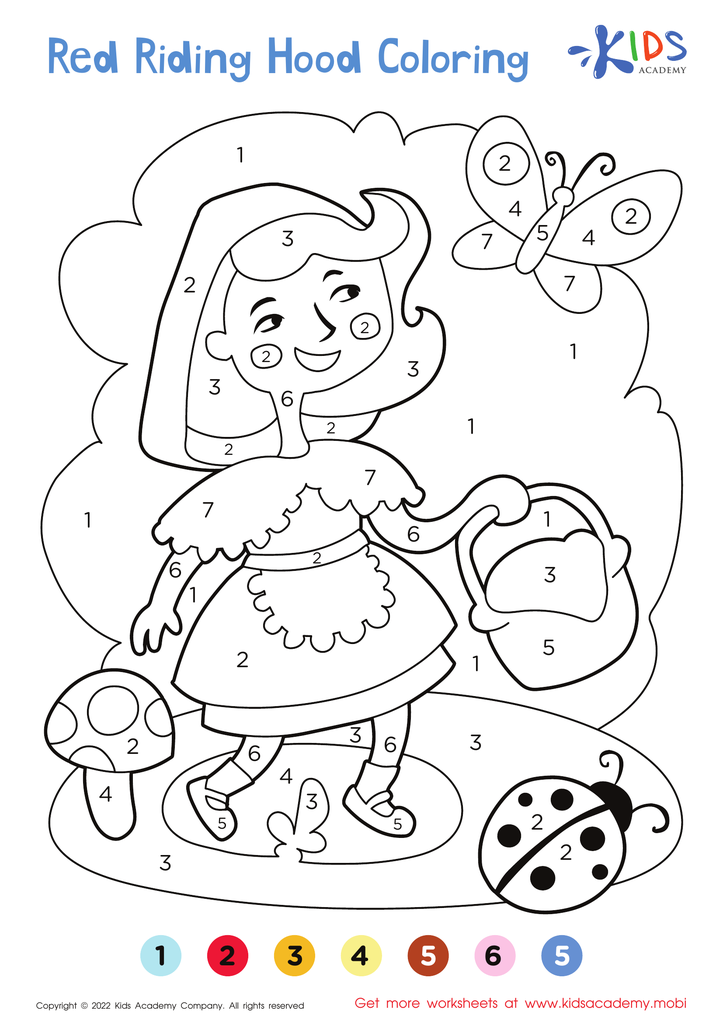

Little Red Riding Hood – Coloring by Numbers
Parents and teachers should prioritize color recognition in math for 4-year-olds because it greatly supports early cognitive development. Color recognition lays a fundamental groundwork for categorization, an essential mathematical skill. By differentiating and recognizing colors, children learn to sort and classify objects, which are crucial skills in understanding more abstract mathematical concepts such as shape, size, and numerical sorting.
At this tender age, children are naturally curious and most learning is acquired through sensory experiences. They are primed to absorb information visually, and color serves as an immediate and engaging tool that can captivate their interest. Using colors in math not only makes learning more fun and appealing but also helps strengthen a child's memory and attention span.
Moreover, involving colors in mathematical tasks sparks creativity and enhances problem-solving skills. For instance, simple activities such as grouping colored blocks or organizing something by color can teach them about patterns, sequencing, arithmetic, and spatial awareness. These hands-on learning experiences can boost their confidence and lay a strong foundation for more complex mathematical reasoning in later years.
Overall, integrating color recognition into math activities helps 4-year-olds comprehend foundational concepts more easily, fosters cognitive development, and makes future learning more accessible and enjoyable.
 Assign to My Students
Assign to My Students

